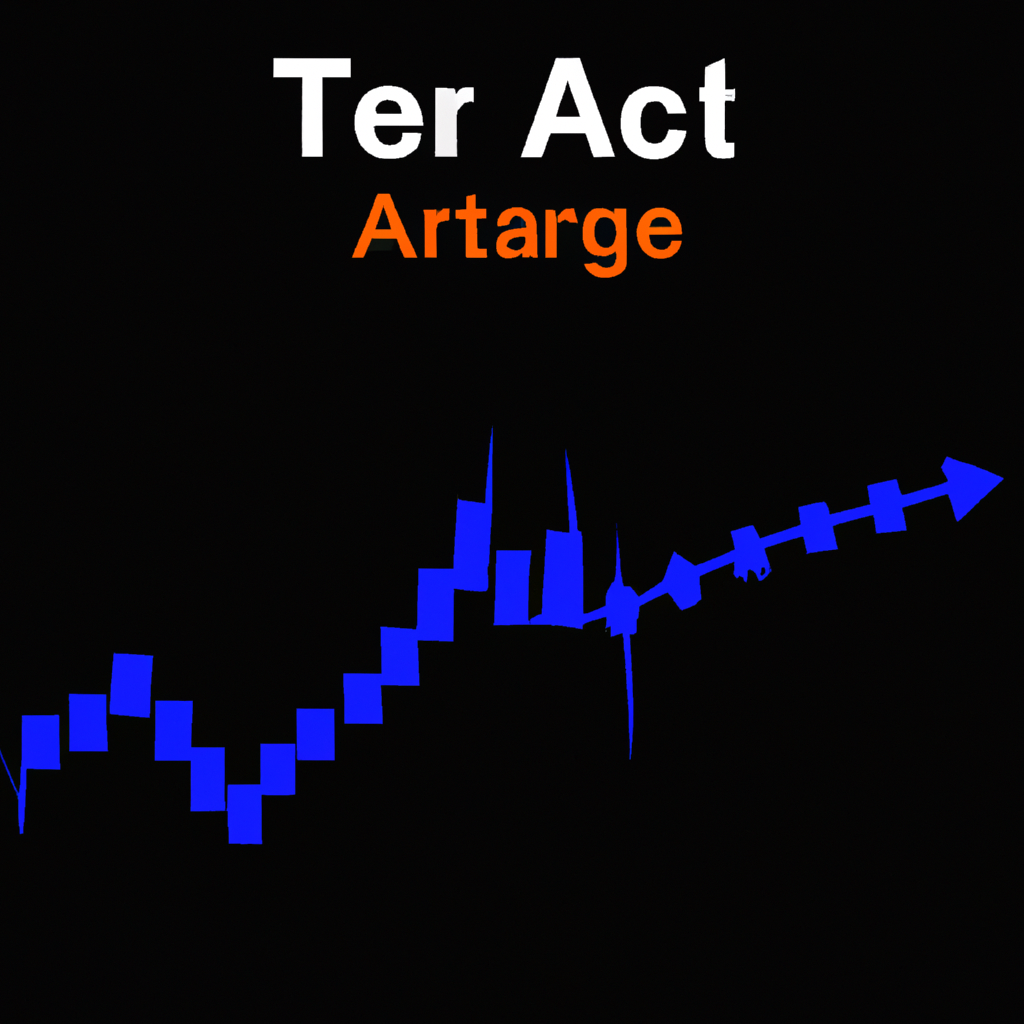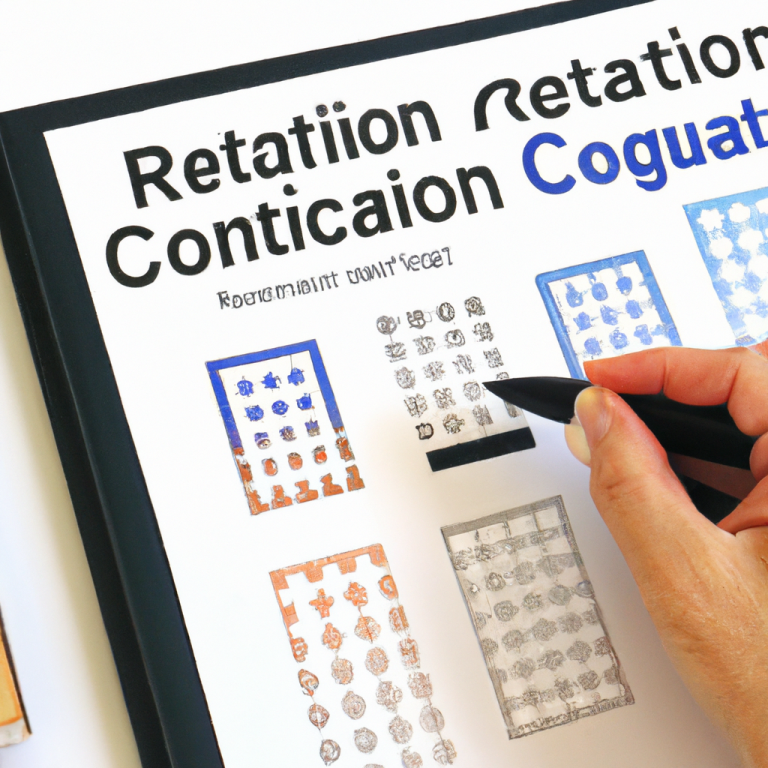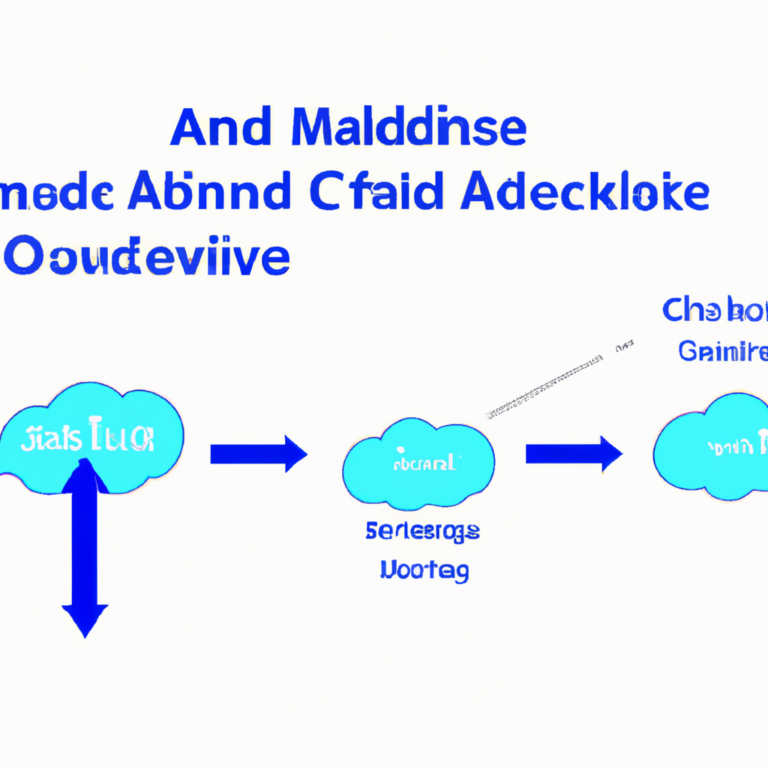Understanding ATR (Average True Range) in Trading
ATR, or Average True Range, is a technical indicator used in trading to measure volatility. It was developed by J. Welles Wilder Jr. and is commonly used by traders to determine the level of volatility in a particular market. ATR is not used to indicate the direction of price movement, but rather to measure the degree of price movement or volatility.
How ATR is Calculated
ATR is calculated by taking the average of the true range over a specified period of time. The true range is the greatest of the following:
- The difference between the current high and the current low
- The difference between the current high and the previous close
- The difference between the current low and the previous close
Once the true range is calculated for each period, the average true range is then calculated by taking the average of these true ranges over the specified time period.
Interpreting ATR
Traders use ATR to gauge the level of volatility in a market. A higher ATR value indicates higher volatility, while a lower ATR value indicates lower volatility. Traders can use ATR to set stop-loss orders, as a higher ATR value may require a wider stop-loss to account for larger price fluctuations.
Additionally, ATR can be used to determine the potential for a breakout. If the ATR value is increasing, it may indicate that a breakout is imminent, as volatility is increasing. Conversely, a decreasing ATR value may indicate that the market is consolidating and a breakout is less likely.
Using ATR in Trading Strategies
Traders can incorporate ATR into their trading strategies in a number of ways. Some common strategies include:
- Setting stop-loss orders based on ATR: Traders can use the ATR value to determine the appropriate distance for their stop-loss orders, based on the level of volatility in the market.
- Using ATR to identify trend strength: A rising ATR value may indicate a strong trend, while a falling ATR value may indicate a weakening trend.
- Using ATR to identify potential reversals: A sudden spike in ATR may indicate a potential reversal in the market, as volatility increases.
Overall, ATR is a valuable tool for traders to measure volatility and incorporate into their trading strategies. By understanding and interpreting ATR, traders can make more informed decisions and better manage risk in the market.










